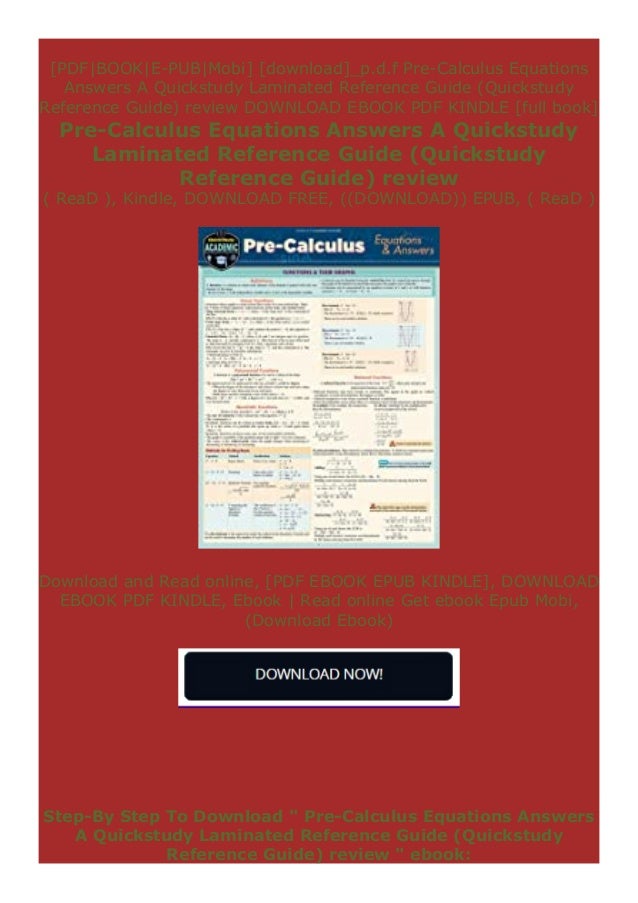
However, if the flow out of the tank decreases, the level in the tank will increase because more fluid is entering than is leaving. Initially, the flow into the tank is equal to the flow out of the tank.

To illustrate this linear P-control relationship, consider the P-only control that controls the level of a fluid in a tank.

This graph is exactly similar to the step input graph itself. A graphical representation of the P-controller output for a step increase in input at time t0 is shown below in Figure 2. Combined with the bias, this algorithm determines the action that the controller should take. The controller calculates the difference between the set point and the signal, which is the error, and sends this value to an algorithm. The inputs to the controller are the set point, the signal, and the bias. This type of control provides a response, based on the signal that adjusts the system so that any oscillations are removed, and the system returns to steady-state. Graphical representations of the effects of these variables on the system is shown in PID Tuning via Classical Methods.Īs can be seen from the above equation, P-only control provides a linear relationship between the error of a system and the controller output of the system. Therefore, there are limits to the size of K c, and these limits are defined by the system. As mentioned in lecture, exact equality is never achieved in control logic instead, in control logic, error is allowed to vary within a certain range. However, this infinitesimal nature of K c increases the instability of the loop because zero error would imply that the the measured signal is exactly equal to the set point. Ideally, if K c is equal to infinity, the error can be reduced to zero. If the change in the input is greater than the change in the output, K c will be less than 1. If the output changes more than the input, K c will be greater than 1. Therefore, the gain ultimately relates the change in the input and output properties. These voltage changes are then directly related to the property being changed (i.e. In PID controllers, where signals are usually electronically transmitted, controller gain relates the change in output voltage to the change in input voltage. The controller gain is the change in the output of the controller per change in the input to the controller.

The bias is simply the controller output when the error is zero. In this equation, the bias and controller gain are constants specific to each controller. It specifically defines the sensitivity of the output variable to a given change in the input variable. The Process Gain (\(K\)) is the ratio of change of the output variable (responding variable) to the change of the input variable (forcing function). This section will provide a brief introduction on PID controllers as well as methods to model a controlled system in Excel. To allow for much better control and fine-tuning adjustments, most industrial processes use a PID controller scheme.
#WHAT IS PID FOR MOBI BOOKS FULL#
They are (1) inefficient (using this control is like driving with full gas and full breaks), (2) can generate noise when seeking stability (can dramatically overshoot or undershoot a set-point), and (3) physically wearing on valves and switches (continuously turning valves/switches fully on and fully off causes them to become worn out much quicker). While this is true, there are some advantages to using an on/off controller including that they are (1) relatively simple to design and execute and (2) binary sensors and actuators (such as an on/off controller) are generally more reliable and less expensive.Īlthough there are some advantages, there are large disadvantages to using an on/off controller scheme. Much more practical than the typical on/off controller, PID controllers allow for much better adjustments to be made in the system. These parameters can be weighted, or tuned, to adjust their effect on the process. A PID controller controls a process through three parameters: Proportional (P), Integral (I), and Derivative (D). The controller attempts to correct the error between a measured process variable and desired setpoint by calculating the difference and then performing a corrective action to adjust the process accordingly.

A variety of process controls are used to manipulate processes, however the most simple and often most effective is the PID controller. Process controls are necessary for designing safe and productive plants.


 0 kommentar(er)
0 kommentar(er)
